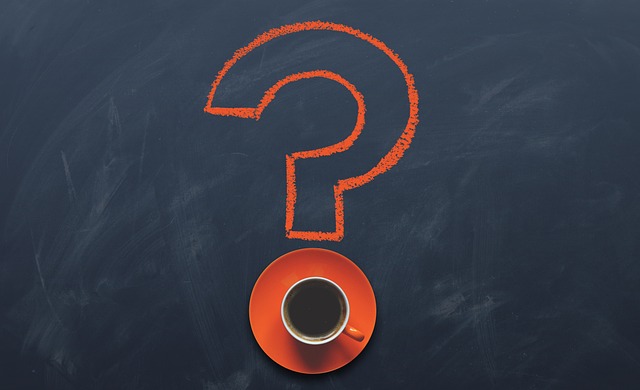The postcode lottery is a term that has come into popular use over the past decade or so to refer to differences in health care across England. It refers to the fact that not everyone has access to the same standard of healthcare as others depending on where they live and what kind of job they do. This can lead to poorer outcomes for certain groups of people compared with others who receive better treatment due to where they live or their job status.
There are different classes of postcodes
Some are very desirable and others less so, depending on where they are located within a particular region. The most expensive place to live in Britain is London’s W2 postcode, which includes Mayfair, Belgravia and Hyde Park Corner. This area is home to celebrities such as David Beckham and Victoria Beckham who have a home there.
The second most expensive place to live in Britain is W1 postcode which includes Notting Hill and Bayswater, followed by SW3 which covers parts of Kensington and Chelsea including Sloane Square. In contrast, the cheapest place to live in Britain is E5 postcode which covers parts of east London including Hackney Wick and Bethnal Green. This area has been dubbed “London’s new slum”.
The most common postcodes are very common
The postcode lottery is a problem in the UK’s National Health Service (NHS). It refers to the inequalities in health care access that result from variations in local funding and delivery of services. The most common postcodes are very common. The top ten postcodes account for over half of all addresses in Britain. Nine out of the top ten are in London and they include some of the richest areas in the country.
The bottom ten postcodes account for just 0.2% of addresses but they include some areas that have high levels of deprivation and poor health outcomes – such as Glasgow, Liverpool, Manchester and Newcastle upon Tyne.
Where is the least common postcode
The postcode lottery is a catchphrase used to describe the unequal allocation of public services in the United Kingdom. The phrase was first used by the BBC in 2005, and was popularised by a Channel 4 documentary broadcast in 2007. It refers to the differential provision of public services depending on where people live within the UK.
The programme highlighted how residents of some postcodes were more likely to receive priority treatment for certain medical procedures, or be given priority access to housing or education, than those living in other areas. It also showed how some areas had higher levels of crime and lower levels of employment than others.
The programme’s findings were based on figures from 2003-04 collected by the Office for National Statistics (ONS). The ONS found that people living in some areas are twice as likely as those living elsewhere to get specialist medical treatment within two weeks. Figures from 2006 also revealed that people living in one third of UK postcodes have no access to NHS dentistry whatsoever.
How many of my neighbours are in the postcode lottery
At the moment, there are approximately 1.5 million people on waiting lists for social housing in England. In addition to this, there are more than two million working families who cannot afford to rent their own home, according to a recent report from Shelter and YouGov. The research also revealed that more than one in ten working households are spending more than 50% of their income on rent or mortgage payments.
It’s all about the postcode state of mind
You might have the same income, education and social class as your neighbours, but if you live in an area with a high concentration of people on benefits or low-paid jobs, you’ll feel poorer than they do.
This is according to new research by the Institute for Fiscal Studies (IFS), which shows that residents’ perceptions of their own wealth are more closely associated with average incomes in their local area than with their own financial position.
The findings suggest that policies designed to alleviate poverty may need to take into account more than just the economic circumstances of individuals, but also those of their communities. Postcode lottery has a significant effect on how people feel about themselves and their prospects in life – even if they live in relatively affluent areas.
The postcode lottery is a problem we can solve
The government has made huge strides in tackling health inequalities, with record investment in the NHS and social care, new funding for mental health services and plans for new legislation to improve safety in hospitals. But more needs to be done – we’re working with local authorities and others to ensure that everyone gets the same high quality healthcare they need.
We have also taken action on social care, including providing an additional £2 billion of funding over three years to help councils provide care for older people. The government is also investing £2 billion over four years to support those who use adult social care services most frequently those who require care more than once every eight weeks or have more complex needs through a new national support service called “The Personal Assistants Scheme”.
Conclusion
There is no easy solution to the problem. We are a long ways away from having truly equal access to medical treatment across all postcodes in Australia, and achieving that access while combatting health inequalities seems a near-insurmountable task. But if we can start with a healthier mindset, a healthier diet and more exercise, I’m sure we can move closer to our goal of greater equality in health outcomes across the nation. After all, no one should be penalized for being born in an area of high need.



 Bitcoin
Bitcoin  Ethereum
Ethereum  Tether
Tether  XRP
XRP  Solana
Solana  USDC
USDC  Cardano
Cardano  TRON
TRON  Lido Staked Ether
Lido Staked Ether  Avalanche
Avalanche  Toncoin
Toncoin